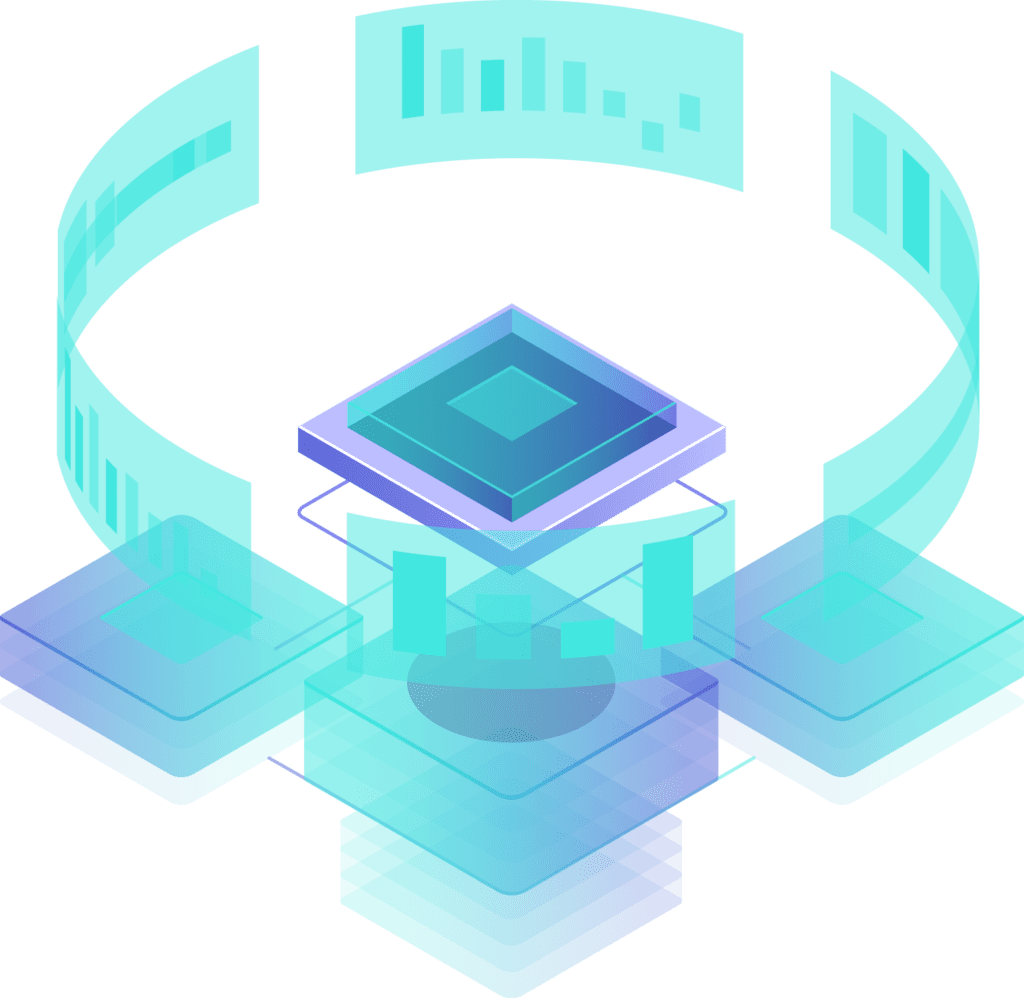Visual Reporting With Power View
Practical Computer Applications (PCApps) uses Power View, PowerPivot, SQL Server, SharePoint, SQL Server Analysis Services and other BI products to solve our clients business problems, while helping customers to avoid complexity of installation, configuration and development of custom applications with these latest technologies from Microsoft.
We uses the capabilities of Power View to produce Visual Reports, Data Visualizations, Dashboards and Charts that behave as interactive synchronized data filters and to support advanced visual drill-down, slicing and dicing functionality.
New Power View is packaged by Microsoft as a SQL Server 2012 Reporting Services Add-in for Microsoft SharePoint Server 2010 Enterprise Edition. Power View is Silverlight-based (ad-hoc) report designer which provides for user an interactive data exploration, visualization, and presentation web experience. We takes care of all development and infrastructure problems so our users have an easy access to Power View functionality without worrying about the complexity of SharePoint configuration, SQL Server tuning and problems related to “own” in-house software development and deployment.
Previous report designers are capable to produce only static reports, but Power View enables users to visually interact with data and drill-down all charts and dashboards similar to Tableau and Qlikview. Power View allows our users to have easy to use data analytics.
Power View is a Data Visualization tool, integrated with Microsoft ecosystem. Here is a demo of how the famous Hans Rosling Data Visualization can be reimplemented with Power View:
Compare with previous report builders from Microsoft, Power View allows many new features, like Multiple Views in a Single Report, Gallery preview of Chart Images, export to PowerPoint, Sorting within Charts by measures and Categories, Multiple Measures in Charts, and many other features, including new types of Charts, like Trellis and ScatterPlot.

It is a our experience that the analytical applications in many cases need to be able to use OLAP Cubes from SSAS (SQL Server Analytic Services) and Excel PowerPivot as data sources while preserving all Cube infrastructure, design, dimensions, measures and calculations. Power View can use SSAS Cubes and connect to PowerPivot. Power View is a good choice for those PCApps customers, who has their IT infrastructure build with Microsoft software stack and who needs advanced data analytics.











